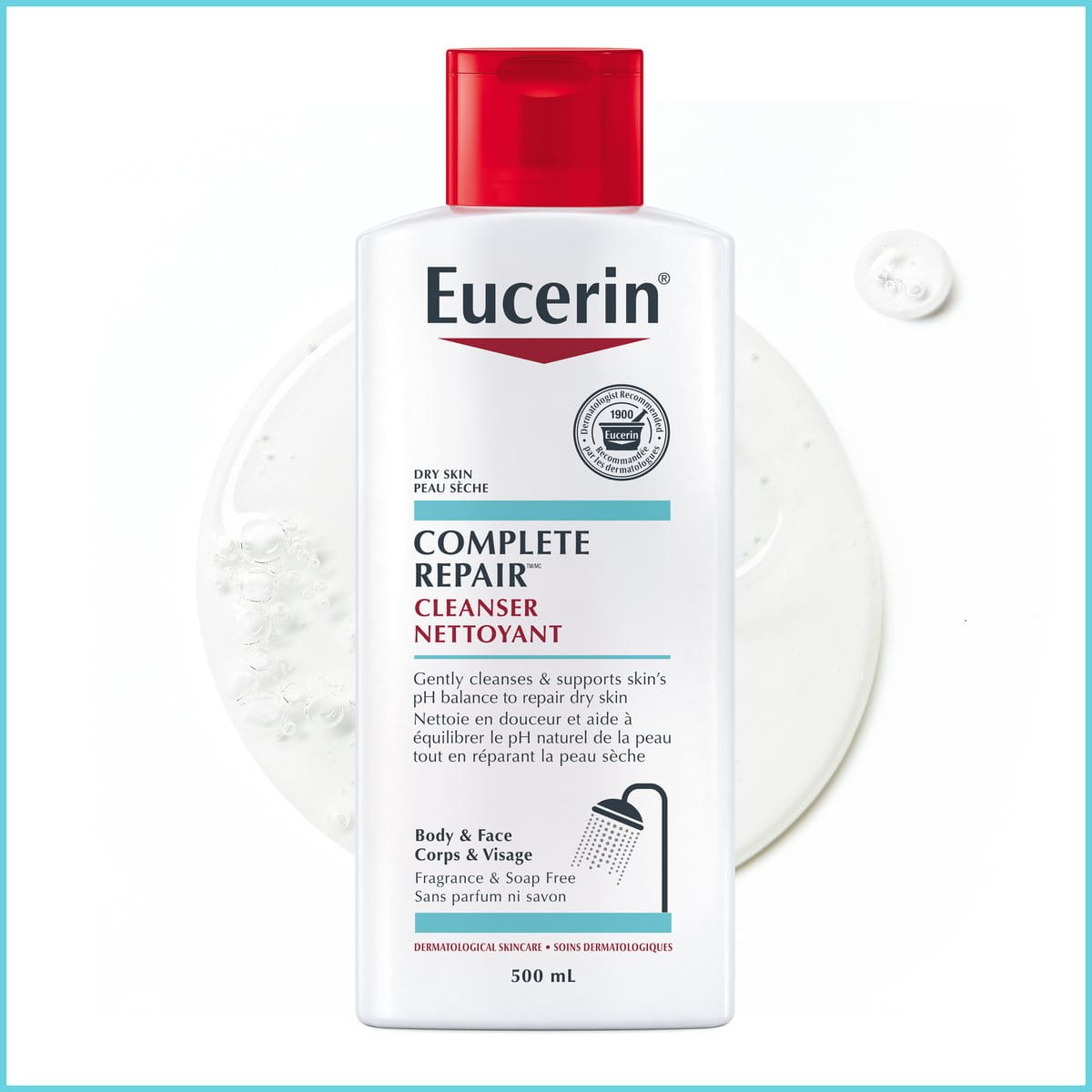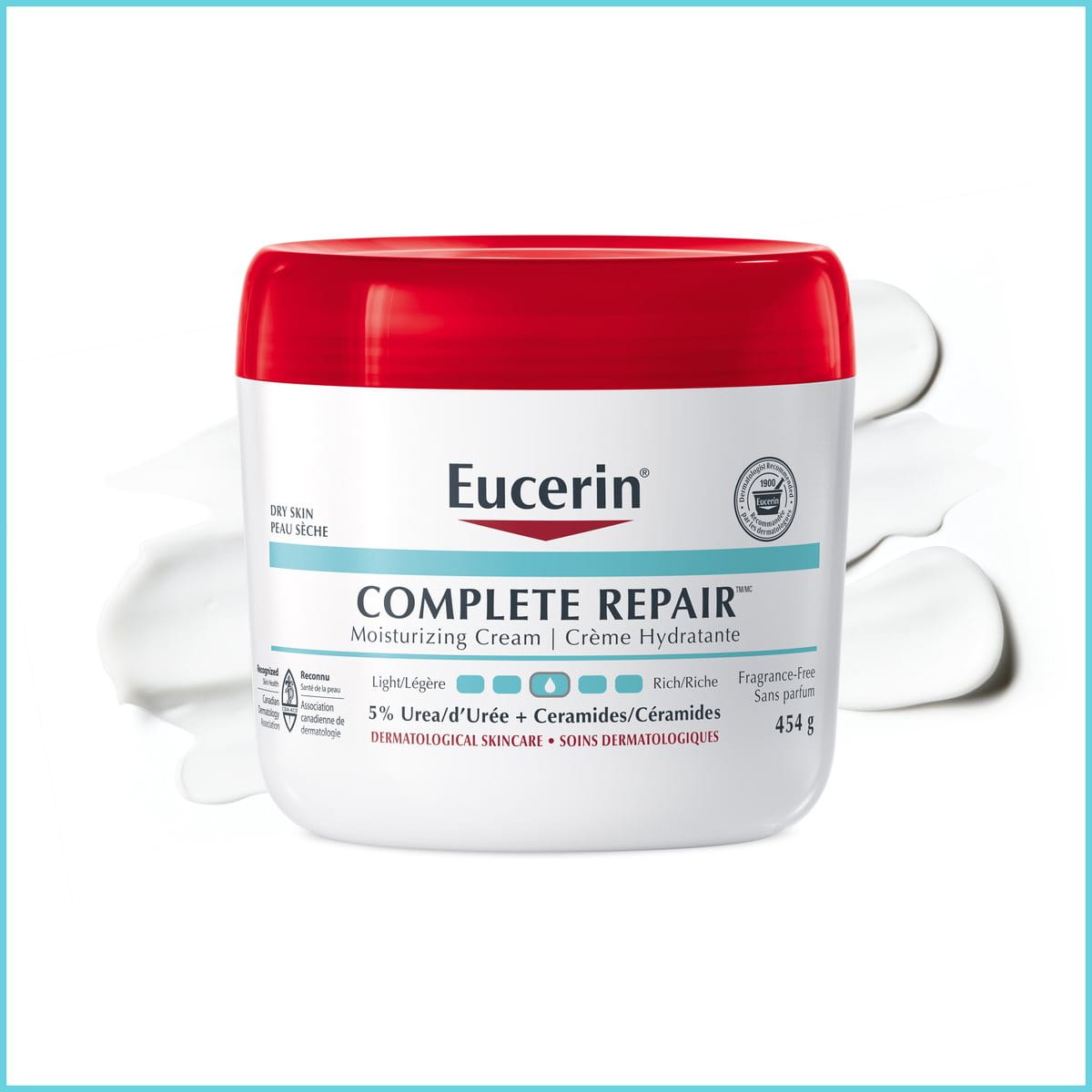Certain health concerns could be another explanation for dry skin on feet. For example, Eczema: a common skin complaint with over seven different types that cause the skin to become dry, itchy, inflamed or have a rash-like appearance, may need a specific treatment
An underlying skin condition may be causing your dry feet, in which case it is always advisable to get them checked out by your doctor or podiatrist. Dry feet could be a symptom of one of the following:
- Athlete’s foot: a fungal condition which causes an itchy or burning rash and peeling of skin on your feet
- Eczema: a common skin complaint with over seven different types that cause the skin to become itchy, inflamed or have a rash like appearance
- Psoriasis: an autoimmune disorder often associated with a red, scaly rash
- Hypothyroidism: a thyroid disorder which can cause dry and scaly skin on your body and feet
- Diabetes: a metabolic disease which can result in very dry, peeled and cracked skin in the feet
- Dietary deficiency: certain conditions such as Crohns disease or Celiac disease may cause the body to be deficient in certain essential fatty acids and vitamins causing dry, flaky skin
If you are concerned that you may be experiencing any of the above health conditions, be sure to contact your physician or a medical professional for advice.








